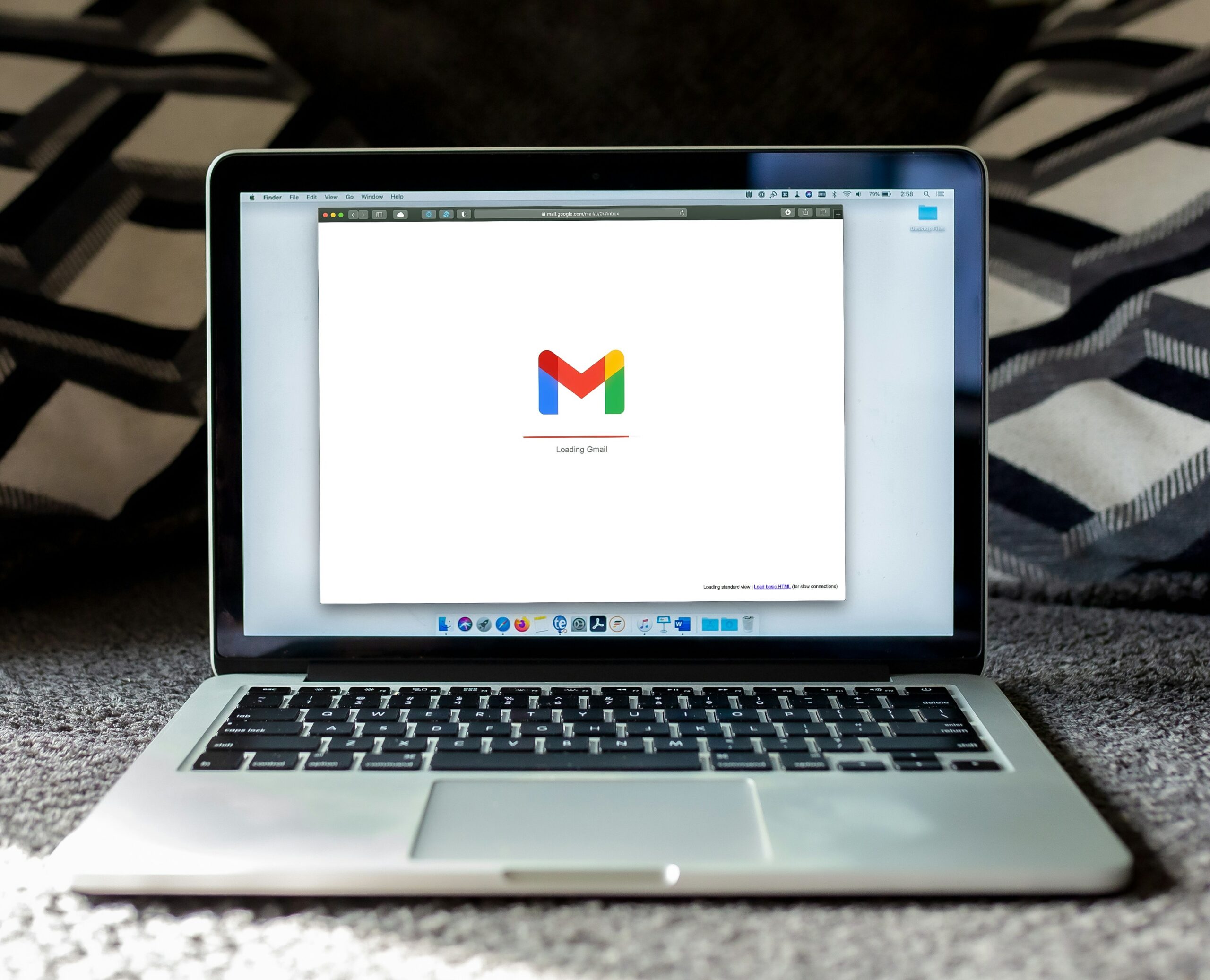The Value of Digital Branding
In our increasingly digital world, a multi-channel presence, including strong social media coverage, helps build this trust.We trust brands that we recognize. This is true for everything from food, to sports, to technology. We’ll pay more to get that blue and yellow box at the grocery store, even though the store brand tastes the same (and is usually less expensive). We shell out hundreds of dollars to watch sports teams whose brand we love, no matter how much they lose. People will camp overnight outside the Apple store to catch the latest iPhone release, even if there’s nothing particularly ground-breaking about it. Accenture reports that a full 50 percent of B2B brand revenue comes from online channels. We wonder:- Do brands that invest more in digital channels perform better overall?
- How should the digital strategies of leading brands’ impact our own marketing plans?
| Company | Value (M) | Twitter followers | LinkedIn followers | Facebook followers |
| Microsoft | $121,824 | 7.83 M | 3.2 M | 10M |
| IBM | $86,206 | 329,000 | 3.1 M | 844,373 |
| SAP | $39,023 | 200,000 | 885,123 | 739,000 |
| Accenture | $22,813 | 347,000 | 2.5 M | 440,000 |
| HP | $21,387 | 1.03 M | 2.3 M | 4M |
| Oracle | $19,489 | 437,000 | 1.9 M | 583,000 |
| Huawei | $18,652 | 222,000 | 1.0 M | 322,000 |
| Intel | $18,632 | 4.57 M | 811,522 | 24M |
| Cisco | $14,508 | 582,000 | 1.3M | 827,000 |
- It’s difficult to separate digital presence from overall revenue, especially in B2B. Many of the market leaders for 2016 also have significant B2C presences. Microsoft, IBM, and HP all have large B2C sectors that contribute to their valuation. We can attribute many of these brands’ social media followers to consumer brand loyalty.
- A strong B2C presence correlates strongly with a larger B2B presence. It follows that decision makers who are familiar with a brand are more likely to trust and advocate for that brand in their workplace.
- B2B brands that have a stronger presence on social media tend to have a higher valuation overall. The most striking anomaly we found is SAP, whose social media presence is significantly lower than most other brands on the list — many of whom have LinkedIn followers in the millions, compared to the 800K of SAP.
What This Means for Marketers
Salespeople still close deals. They’re still the number one source of revenue for B2B companies, but the ever-shortening buyer’s journey, at five touches in 2016 rather than 7-13 just 3 years ago, implies that customers research on their own before they even get on the phone with a sales team. B2B and B2C digital tactics are increasingly similar. People connect with brands through websites and social media, rather than through sales people. They learn to identify with brands and individual representatives of brands before the research process even starts. Establishing a digital brand presence through social media, websites, search ads, retargeting, video, etc. means hitting all of the related channels and building a relationship with buyers. A consistent, well-crafted brand presence can go a long way. Humans have branded their goods and services since the beginning of commerce, and that makes sense. Why would you buy bread from the baker who supposedly uses inferior flour? A majority of marketers consider email marketing and social media “low-cost” options, but low cost doesn’t mean ineffective. 61 percent of consumers research online before making a purchase, and the average shopper spends nearly $3,000 online for consumer goods per year.How B2B Brands Pull This Off
While Microsoft, IBM, HP and Intel all have a leg up on their B2B competition because of their already full social presence in the B2C world, how do these other strictly B2B companies build their business? It seems that SAP, Accenture, and Oracle build their business by being the only place companies need to go for their technology needs. Need CRM, marketing automation, ERP, and payroll from a single vendor? They’ve got you covered. If you decide you need business intelligence software in a few months or years, you can expand your contract while working with the same company and representatives. These companies succeed by offering end-to-end business solutions. They’re marketing themselves as an educational resource for their clients, not just a product. Accenture’s brand is particularly interesting, because they focus on providing a full digital experience. This full-circle approach means they offer everything from marketing and consulting to technology partnerships with other providers who might be considered competitors in the space: SAP, Salesforce, Oracle. Their social media helps position them as a valuable brand and a go-to source for sales, marketing, and technology information. They’re marketing themselves as an educational resource for their clients, not just a product.What Works and What Doesn’t
We know that social media channels don’t necessarily work unless you’re sharing helpful, relevant, educational content that your customers and prospects want to interact with. SAP’s twitter account connects followers to blog posts and business-focused content. Some of this has a marketing focus, but most of it is educational. They even have a video series produced like a news program that provides business-related educational material. Oracle extends their brand to marketing locales where they’re most visible for C-levels and executives. At one point, their Twitter account was full of videos promoting their America’s Cup 2nd-place sailboat. The psychological implications of these images are staggering: sailing is typically connected to social elites; the ocean-going vessels are fast and powerful; the sport is somewhat dangerous. There are even videos of the team celebrating their 2nd place win by spraying champagne on one another — take what you will from that. The greater lesson here is that Oracle reaches a greater audience through sponsorship marketing than they would though sales calls alone. Influencer marketing is the newest form of sponsorship marketing — one that leverages social media in a big way. In 2015, 75 percent of brands used influencers. This tactic has been famously disastrous for a couple of brands that have paid celebrities of various stripes to promote their products without disclosure, but most companies find that it expands and improves their marketing reach. Influencer advertising works on social when it’s organic — not a gimmick. In the B2C sphere, for example, Modcloth and Huggies have seen a lot of success with customer influencers. These companies use social media connections with fashion- and Mommy-bloggers who reach their followers through the social media halos that surround their successful blogs. Influencers don’t have to be famous; they just need to be prolific with content. Oracle uses this tactic on their LinkedIn and Facebook pages, where sleek videos of C-level customers are interspersed with educational content and marketing-focused content from conferences. Oracle’s LinkedIn boasts triple-digit shares for each piece of content in November, while their Facebook page shows views in the 2,000s for the same videos. Whether this tactic results in sales is hard to tell, but the point of influencer marketing isn’t necessarily short-term revenue.* * *
Every company wants buyers to come to their brand first and convert quickly. But consumers are getting more research-savvy and spending less time interacting with sales. The business decision maker isn’t just finding quotes and building comparisons between products for their boss’s latest requisition; they’re also doing it to understand the marketplace. With so much information at our fingertips, brands who don’t engage in multi-channel marketing that includes a strong social media presence are already being left behind.




